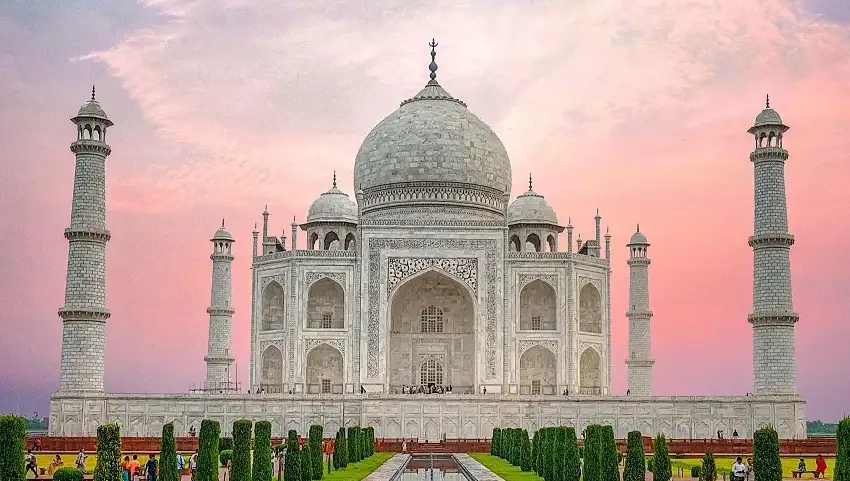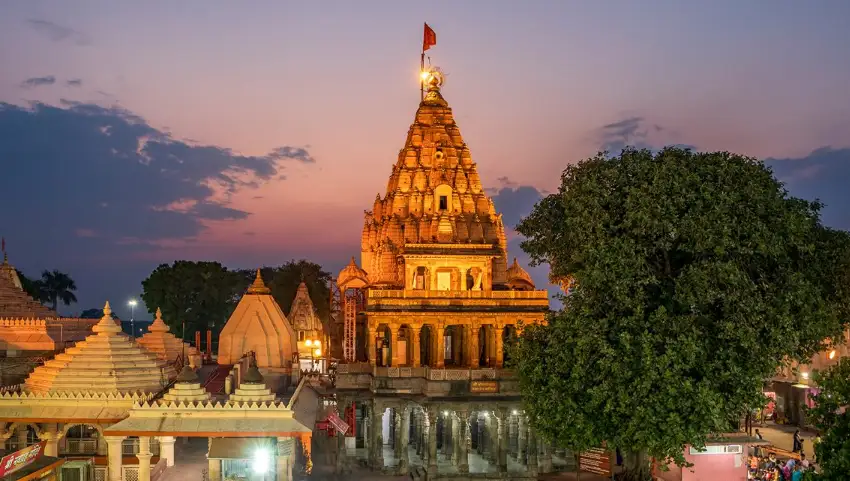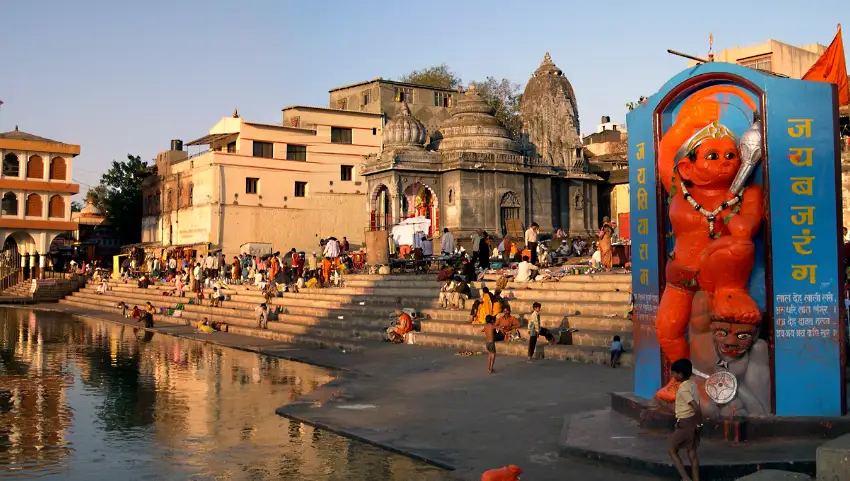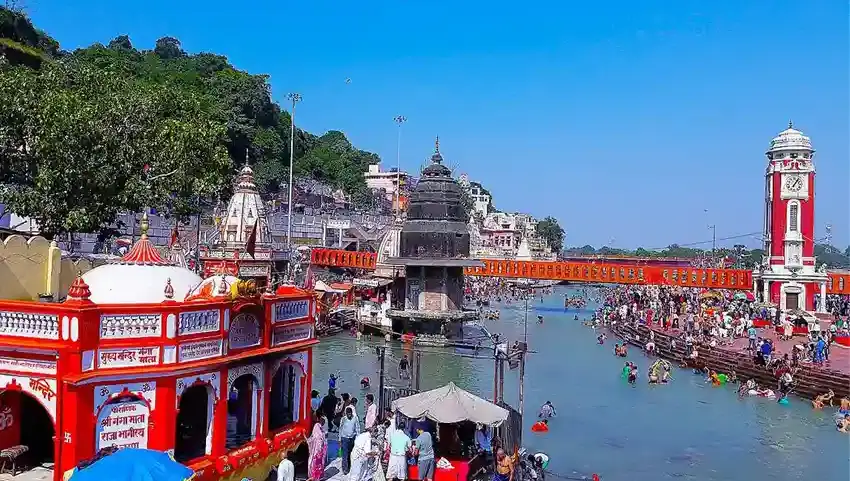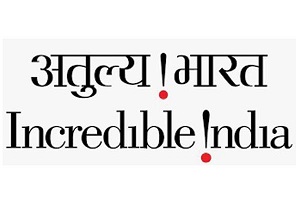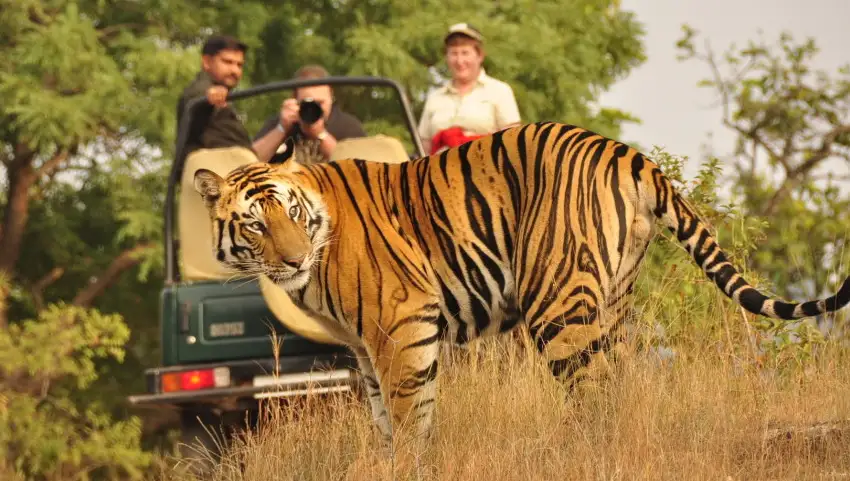
Ranthambore Tour Guide
History of Ranthambore
The wildlife reserve got its name from the majestic Ranthambore Fort that stands tall to date. It was earlier used to be the favorite hunting area for the Maharajas and other royal members. Under the Maharaja’s rule, it got its name as Sawai Madhopur Sanctuary where other viable activities were banned in 1955. Inevitable misuse of the Ranthambore raised a major concern about the forest cover and safety of the wildlife species residing in it.
Zones of Ranthambore National Park
Overall, the vast expanse of Ranthambore National Park has 10 safari zones in the wildlife reserve. Each zone is differently inhabited by wildlife species. These zones are as follows –
Zone 1: It starts from Singh Dwar and covers the area of Amreshwar Dang, Peela Pani, Gada Dub, Tuti ka Nalla, and Sultanpur in this zone.
Zone 2: This zone holds the maximum number of chances to spot tigers in its natural habitat at places like Phuta Bandha, Nal Ghati, Lahpur Tiraha, and others.
Zone 3: This is the most frequently visited by tigers because of the presence of Padam Talab.
Zone 4: It is famous for the legendary tigress of Ranthambore named Machli, once nestled in this zone. The primary location of sighting tigers in this zone are Adidaant, Lakkar Da, Lambi, Tamakhan, and berda.
Zone 5: This zone covers Jokha, Dhakda, Singhdwar, and Anantapur locations where most of the tigers and other fauna are right here.
Zone 6, Zone 7, Zone 8, Zone 9, and Zone 10 have a lower probability of sightseeing wildlife and majestic tigers.
Ranthambore Safari Timings
The safari timings in Ranthambore National Park vary according to the season. Whether it is the summer season or the winter season, the safari time changes according to the climate. So, before leaving for a Jaipur Ranthambore Tour Package, you must check –out the safari timings and plan a journey accordingly. The entry timings in the park begin a little later during the summers and the same is the case with exit timing. The safaris are conducted twice a day, i.e, morning safari and evening safari. Following are the timing details for all the seasons –
1st October to 31st October – Morning (6:30 am to 10:00 am); Evening (2:30 pm to 6:00 pm)
1st November to 31st January – Morning (7:00 am to 10:00 am); Evening (2:00 pm to 5:30 pm)
1st February to 31st March – Morning (6:30 am to 10:00 am); Evening (2:30 pm to 6:00 pm)
1st April to 15thMay – Morning (6:00 am to 9:30 am); Evening (3:00 pm to 6:30 pm)
15th May to 30th June – Morning (6:00 am to 9:30 am); Evening (3:30 pm to 7:00 pm)
Best time to visit
Ranthambore National Park remains open between October and June, while the July to August months of monsoon season are closed. The march is considered the best time to visit Ranthambore National Park due to the pleasant weather conditions. The temperature ranges from 10 degrees Celsius to 30 degrees Celsius. During this season, animals can be seen in the daylight basking under the sun. During the months of April and June, Ranthambore experiences hot and humid weather. However, the months of May and June are extremely very hot and humid. Therefore, the best time to visit Ranthambore is the winter season (October and June).
How to Reach?
Ranthambore in Sawai Madhopur district is well-connected with all the major cities in India. The easiest way to reach Ranthambore is through Car Rental Services in Rajasthan. Here are the best ways to reach Ranthambore from any place in India.
By air – The closest airport to reach Ranthambore National Park is Sanganer Airport in Jaipur. The distance between Jaipur to Ranthambore is about 180 kilometers which can be covered by Jaipur Airport to Ranthambore Taxi Service.
By rail – The nearest railway station to Ranthambore is located in Sawai Madhopur Railway Station. The railway station is around 10 kilometers from the park and can be accessed by local taxi, bus or cab.
By road – Ranthambore is well-connected with all major cities and towns throughout the state. It can be reached through private bus and outstation taxi in Jaipur, Delhi, Ahmedabad, Ajmer, and Jodhpur by road.
Distances from the few major cities of India are –
Jaipur to Ranthambore: 191 kilometers away taking 3 hours 28 minutes
Agra to Ranthambore: 294 kilometers away taking 5 hours 37 minutes
Bharatpur to Ranthambore: 240 kilometers away taking 4 hours 26 minutes
Udaipur to Ranthambore: 407 kilometers away taking 7 hours 3 minutes
Delhi to Ranthambore: 394 kilometers away taking 7 hours 34 minutes
Jodhpur to Ranthambore: 457 kilometers away taking 8 hours 21 minutes
Ahmedabad to Ranthambore: 672 kilometers away taking 12 hours 15 minutes
Ranthambore National Park is one of the most favorite tourist places to visit in the Rajasthan Tour Package. It is the most frequently visited weekend getaway destination from Jaipur. Travel enthusiasts prefer traveling to Ranthambore for spending a relaxing and rejuvenating holiday trip with family, friends, or partners. So, plan your memorable journey to Ranthambore by car and driver and enjoy the relaxation in its tranquil and serene surroundings.


